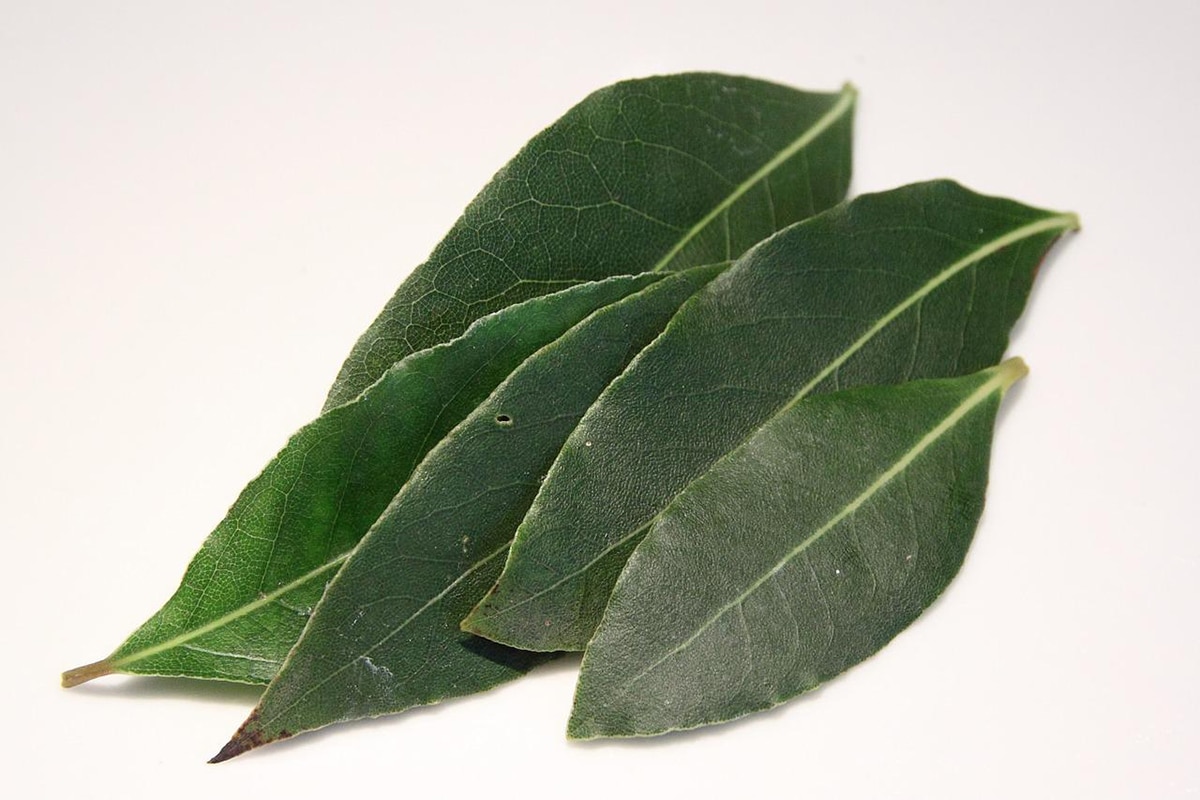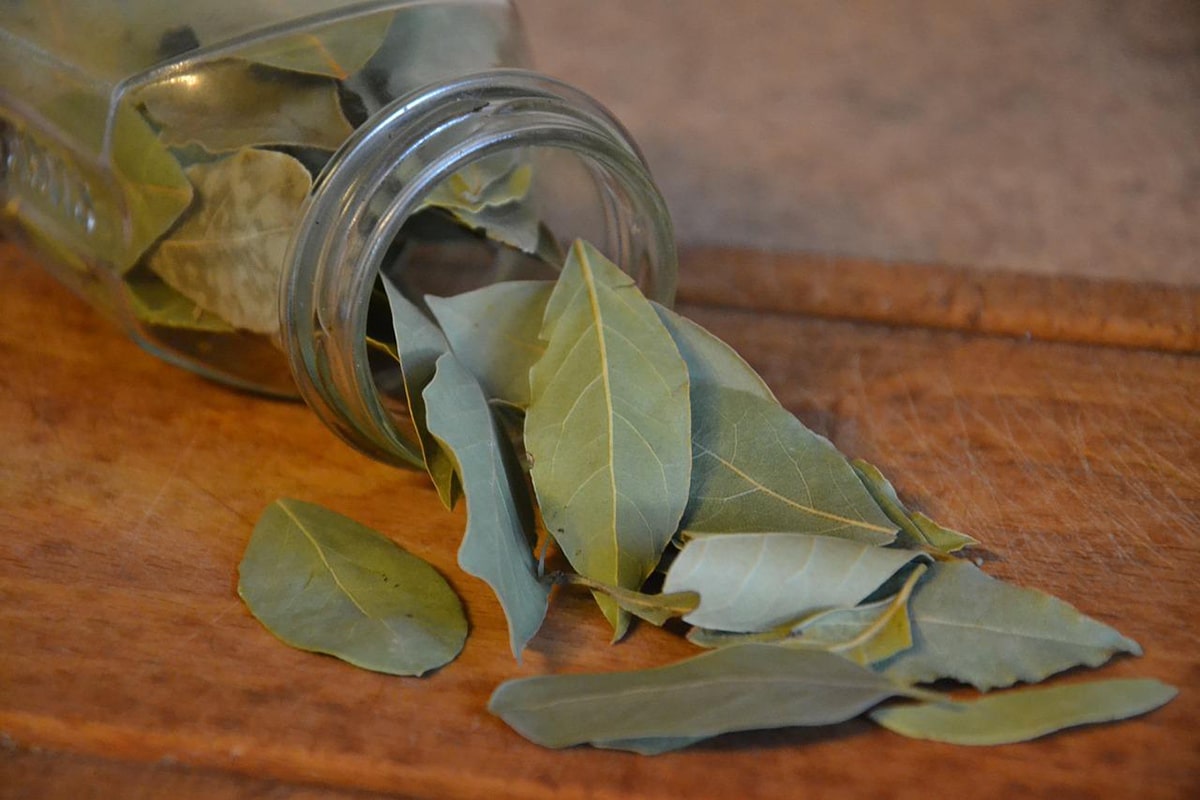
When it comes to combating insects and pests, people are very divided. Many opt for the easy and fast: Chemical insecticides. On the other hand, there are more and more advocates of natural remedies to treat and prevent both diseases and pests in plants. They are less harmful to plants, animals, the environment and, consequently, to us. In this article we are going to talk on the uses of laurel as an insecticide, An effective and simple alternative to chemical insect repellants.
Not only will we mention some of the applications that this vegetable has to combat and treat various pests, but we will also comment on what insects it acts against and explain how to make an insecticide with its leaves. So now you know: if you are having problems with some very annoying insects or you prefer to prevent their appearance, keep reading, this is going to interest you.
What insects does laurel repel?

The famous laurel, scientifically called Laurus nobilis, is a Mediterranean tree that usually reaches a height of ten to fifteen meters. It is cultivated mainly for its perennial and aromatic leaves, They are very popular at the culinary level. In addition, they have medicinal properties, which is why they are used in many natural remedies of popular medicine. However, what we are really interested in highlighting are the uses of laurel as an insecticide.
Why does this plant repel certain insects? This effect exerted on some pests It is due to the composition of its leaves. These contain substances such as alpha-pinene, alpha-terpineol, cineole, eugenol, linalool, limonene and sabinene. All of them help to repel some of the insects that are very common and annoying pests in the world of agriculture and gardening. Let’s see what bugs bay leaves are effective against:
- Weevils: Small insects that feed mainly on grains. See file.
- Ants: They favor the multiplication of other pests, such as mealybugs and aphids. See file.
- Flies: If left unchecked, extremely annoying pests can arise. See file.
- Mosquitoes: They tend to lay their eggs in moist places, including flower pot saucers. See file.
- Aphids: They are tiny insects that feed on plants. See file.
It should be noted that the laurel not only repels these insects, but also attracts others, such as vaquitas or ladybugs. And why is this a good thing? Well, both ladybirds and vaquitas are excellent allies for farmers and market gardeners. Both are natural predators of some of the insects that can become important pests in crops, such as aphids and mealybugs.
How to make insecticide with bay leaves?

Creating a natural insecticide to repel or combat certain pests is very advantageous for both plants and the environment. In addition, they are usually very simple mixtures, as is the case with laurel. To start this task, we must first know the proportions. For every ten liters of water we must use 300 grams of fresh bay leaves, or 200 grams of dried bay leaves.
Let's now see step by step how to make an insecticide with bay leaves:
- Place the leaves in a large container or bucket. We can cut the leaves if we prefer.
- Add two liters of boiling water and then cover the container or bucket.
- Wait for the mixture to cool down.
- Add eight more liters of water (in total ten liters are required).
- Partially cover the container or bucket and place it in a cool, dark place.
- Let stand for 48 hours.
- Once the resting time has passed, strain the liquid and store it in the fridge. It can last up to a month.
In the event that we want to use this mixture to prevent pests, what we have to do is spray the plants by diluting one part of this macerate with two parts of water. For it to take effect, we must spray the plants in the afternoon, at the last minute, for two weeks straight. Then it is very important that we let them rest a bit. It is advisable to wait at least two more weeks before repeating the spraying.
If our garden or orchard is already affected by a pest, things change. In this case we must dilute the laurel macerate with water in equal parts. Regarding the spraying of vegetables, this should be carried out each three days. As in the previous case, it is best to do it in the late afternoon.
Other uses of laurel as an insecticide

The uses of laurel as an insecticide are not only reduced to the mixture that we have previously commented on. We can also use the leaves of this vegetable to repel other types of insects, such as clothes moths. To do this, all we have to do is place a few bay leaves between the clothes, either on the dresser or in the closet. That way the moths won't want to get close.
Another way to use this plant as an insecticide is by applying laurel essential oil. This turns out to be very useful when repel both flies and mosquitoes. For it to take effect, just apply a little of this oil on pieces of cloth or paper and place them in the entrance areas of these annoying insects. A good place would be, for example, the windows. It can also be a good idea to place these pieces with laurel essential oil near doors and ventilation ducts.
As you can see, the laurel will not only be useful in the kitchen, but also to repel numerous insects, either inside the house or in our orchard or garden. An economic and ecological measure that helps to combat the use and manufacture of chemical products. If you want to take advantage of all the uses that can be given to laurel, I recommend that you consider growing it yourself. Luckily it is a vegetable that is easy to care for and that brings us many benefits if we use it properly.